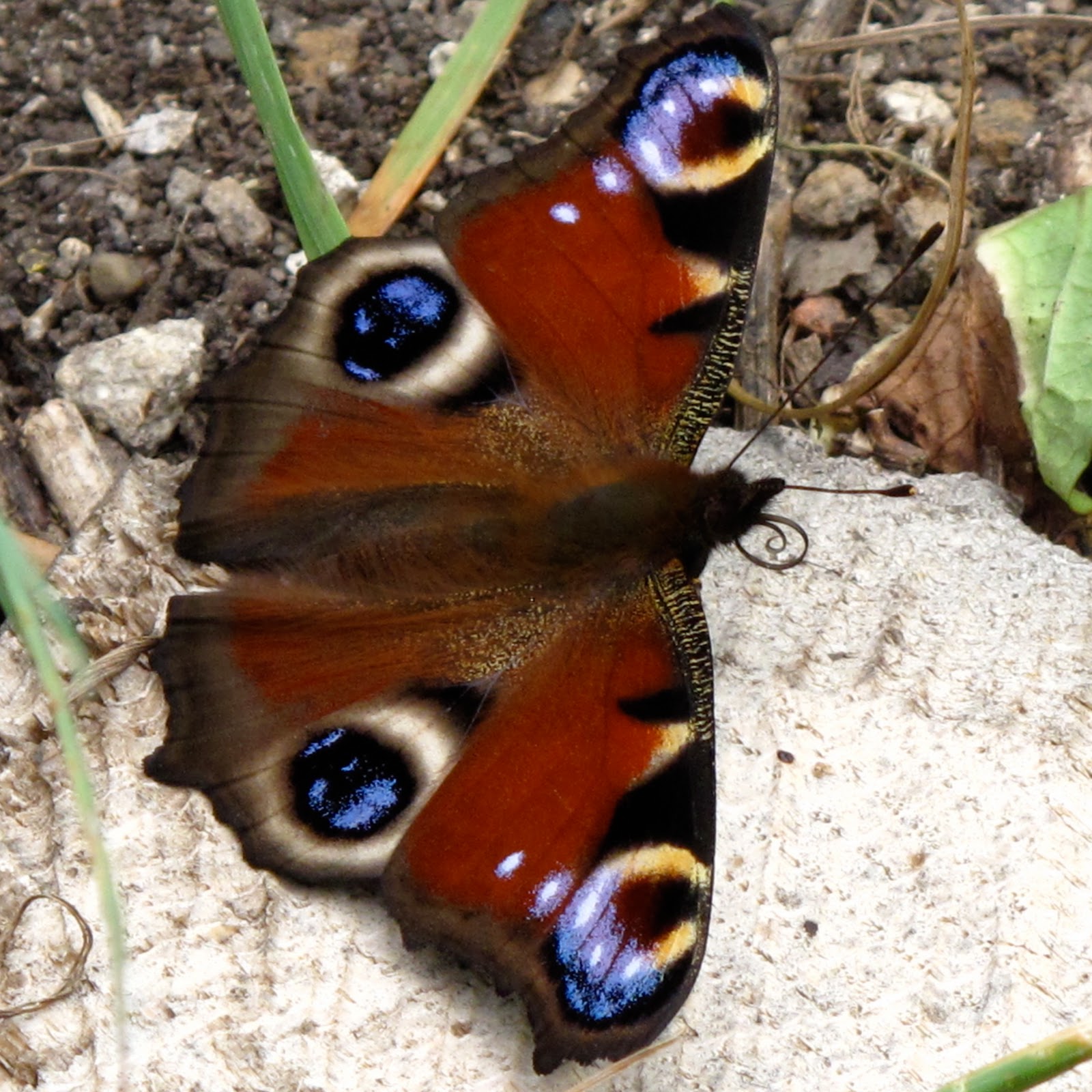
- BIG APERTURE LANDSCAPE HOW TO
- BIG APERTURE LANDSCAPE SOFTWARE
- BIG APERTURE LANDSCAPE PROFESSIONAL
BIG APERTURE LANDSCAPE HOW TO
How to Selectively Reduce Noise in Luminar 2018 & Luminar 3. BIG APERTURE LANDSCAPE SOFTWARE
Luminar vs Lightroom Comparison: Which Software is Best?. Luminar 4 Review: The Future of Photo Editing?. How to Process Woodland Photos with the Orton Effect. 4 Ways to Fix and Edit Underwater Photos. 9 Essential Things to Know for Editing Landscape Photos. 10 Tips for Editing Landscape Photos for Beginners. Nikon Unveils New Z-mount 800mm f/6.3 lens. Fujifilm’s New X-H2S Shoots 26 Megapixel Photos at 40fps. How to Choose a Strobe for Underwater Photography. The Best Equipment for Landscape Photography. Olympus 150-400mm f/4.5 Lens Review for Wildlife Photography. Fujifilm GFX 100S Review: Landscape Photography Field Test. Top 10 Nature Photography Books for Photographers 2021. The Delicate Balance of Photography and Family Life. Photography Ethics: Freezing Insects for Macro. Is Photography Allowed During the UK Lockdown?. Close-up Photographer of the Year 2021 Winners Announced. Winners Announced for European Wildlife Photographer of the Year 2021. The Secret Underwater World of Nudibranchs. This Aurora Image Took Over a Year to Capture. Photographing Geothermals in the ‘Land of Fire and Ice’. Photographing the World from 40,000 Feet. BIG APERTURE LANDSCAPE PROFESSIONAL
Will Burrard-Lucas: From Amateur to Professional. Nicholas Dyer: From Amateur to Professional. Mohammad Murad: From Amateur to Professional. The Basics of Editing Black and White Wildlife Photographs. How to Print Photos: A Photographer’s Guide.  How to Use a Smartphone for Nature Photography. How to Choose Your Best Images After a Shoot.
How to Use a Smartphone for Nature Photography. How to Choose Your Best Images After a Shoot.  7 Simple Subjects to Practise Macro Photography on Your Doorstep. 7 Macro Photo Subjects to Shoot in Winter. How to Take Ultra Macro Insect Photographs. How to Use Focus Stacking for Studio Macro Photography. Landlocked: How to Practice Your Underwater Photography Without Going Diving. How to Take Charismatic Portraits of Marine Life. An Introduction to Using Strobes in Underwater Photography. How to Plan an Astrophotography Trip to Lofoten. How to Use Foreground for Better Star Photos. How to Include People in Starscape Photographs. How to Use Water in Your Landscape Photos. How to Master Exposure in Your Landscape Photography. Landscape Photography Settings for Cloudy Days. How to Use a Wide-angle Lens for Landscape Photography. How to Photograph Wildlife in Extreme Weather. Wildlife Photography Guide to Summer in the Scottish Highlands. Nature Photography Inspiration for Summer in the UK. How to Plan a Photography Trip to the Great Bear Rainforest. Therefore, it may be worth surrendering a little light to get the very best out of your optics. All lenses have an optimal aperture where they deliver peak contrast and sharpness.
7 Simple Subjects to Practise Macro Photography on Your Doorstep. 7 Macro Photo Subjects to Shoot in Winter. How to Take Ultra Macro Insect Photographs. How to Use Focus Stacking for Studio Macro Photography. Landlocked: How to Practice Your Underwater Photography Without Going Diving. How to Take Charismatic Portraits of Marine Life. An Introduction to Using Strobes in Underwater Photography. How to Plan an Astrophotography Trip to Lofoten. How to Use Foreground for Better Star Photos. How to Include People in Starscape Photographs. How to Use Water in Your Landscape Photos. How to Master Exposure in Your Landscape Photography. Landscape Photography Settings for Cloudy Days. How to Use a Wide-angle Lens for Landscape Photography. How to Photograph Wildlife in Extreme Weather. Wildlife Photography Guide to Summer in the Scottish Highlands. Nature Photography Inspiration for Summer in the UK. How to Plan a Photography Trip to the Great Bear Rainforest. Therefore, it may be worth surrendering a little light to get the very best out of your optics. All lenses have an optimal aperture where they deliver peak contrast and sharpness. 
In fact, the only reason you may want to shrink your aperture beyond your depth-of-field requirement is if it gets you closer to your lens sweet-spot. Although you should always prioritize depth-of-field, diffraction is another reason not to use smaller apertures than necessary. Therefore, if F8 gives you sufficient depth of field, don’t use F11.įurthermore, the smaller your aperture, the more diffraction will occur, and the more blurred your photo will appear. Thus, you should use an aperture no smaller and dimmer than necessary. Your second priority is to maximize the amount of light your camera receives. Conclusionįirst and foremost, the best aperture for landscape photography is one that provides enough depth-of-field that both your foreground and background appear sharp. Hence, if you can take your shot using your lens’s optimal aperture, you should. If you have determined a large aperture such as F4 is giving you sufficient depth-of-field, it may be worth using a smaller aperture since most lenses have a sweet spot.Īlthough it varies, lenses often perform best around F5.6. And in this case, the best aperture for this landscape photo is the one that renders a sharp image from 3 meters to infinity.

Typically, but not always, landscape photographers are seeking a sharp, in-focus image from foreground to background.įor example, you may be photographing a scene featuring a foreground 3 meters from your camera and a background extending out to the horizon. Choosing the right aperture for depth of field So here are 4 tips you can use to find the right aperture for your landscape. And if your aperture is too small, your image will lose sharpness thanks to diffraction. However, reliance on smaller apertures may cause you problems.įor instance, smaller, dimmer apertures demand slower shake-prone shutter speeds or high image-degrading ISOs. Therefore, you often need to use smaller apertures such as F8 and F11. Critically, the best aperture for landscape photography is the one that provides enough depth of field to ensure your whole scene, from foreground to background, is in focus.








 0 kommentar(er)
0 kommentar(er)
